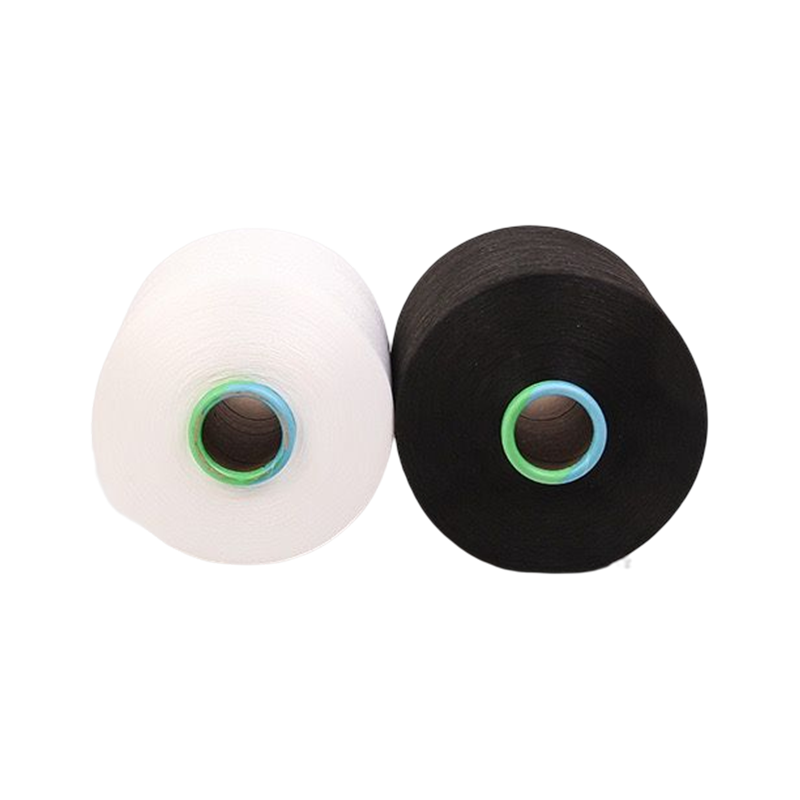- 1 Understanding FDY Color Yarn and Its Manufacturing Process
- 2 Applications of FDY Color Yarn in Various Industries
- 3 Comparing FDY Color Yarn with Other Yarn Types
- 4 Factors to Consider When Selecting FDY Color Yarn
- 5 Innovations and Future Trends in FDY Color Yarn Technology
- 6 Maintenance and Care for FDY Color Yarn Products
Understanding FDY Color Yarn and Its Manufacturing Process
Fully Drawn Yarn (FDY) color yarn is a type of synthetic yarn that has undergone a complete drawing process, resulting in improved strength and stability. The manufacturing process involves several critical steps that determine the final quality of the yarn.
Production Stages of FDY Color Yarn
The production of FDY color yarn typically follows these stages:
- Polymerization: Raw materials are polymerized to create the base polymer
- Spinning: The polymer is melted and extruded through spinnerets
- Drawing: The filaments are stretched to align the polymer molecules
- Heat Setting: The yarn is heated to stabilize its structure
- Coloring: Color is added through various methods (solution dyeing, dope dyeing, or conventional dyeing)
- Winding: The yarn is wound onto cones or packages for distribution
Key Characteristics of High-Quality FDY Yarn
When evaluating FDY Color Yarn for textile manufacturing, several characteristics should be considered:
- Tensile strength and durability
- Color fastness and consistency
- Uniformity of filament diameter
- Resistance to pilling and abrasion
- Thermal stability
Applications of FDY Color Yarn in Various Industries
The versatility of FDY color yarn makes it suitable for numerous applications across different sectors. Its excellent properties allow for both functional and aesthetic uses in textile production.
Textile and Apparel Uses
In the fashion industry, best uses for colored FDY yarn include:
- Production of high-quality dress materials
- Manufacturing of sportswear and activewear
- Creation of home textiles like curtains and upholstery
- Making of lingerie and intimate apparel
- Production of scarves, shawls, and other accessories
Technical and Industrial Applications
Beyond fashion, FDY color yarn serves important technical functions:
- Automotive textiles for seat covers and interior panels
- Medical textiles including surgical gowns and drapes
- Geotextiles for erosion control and reinforcement
- Protective clothing for various industries
- Industrial filtration materials
Comparing FDY Color Yarn with Other Yarn Types
Understanding how FDY color yarn differs from other yarn types helps in making informed material selection decisions for specific applications.
FDY vs. POY vs. DTY Yarn
| Property | FDY | POY | DTY |
|---|---|---|---|
| Drawing Process | Fully drawn | Partially oriented | Draw textured |
| Strength | High | Medium | Medium to High |
| Elongation | Low | High | Medium |
| Texture | Smooth | Smooth | Textured |
| Color Retention | Excellent | Good | Good to Excellent |
Advantages of Choosing FDY yarn for weaving projects
FDY color yarn offers several benefits that make it particularly suitable for weaving applications:
- Superior dimensional stability during weaving processes
- Reduced hairiness compared to other yarn types
- Excellent color consistency throughout production lots
- Higher production efficiency due to fewer breaks
- Better fabric appearance with minimal defects
Factors to Consider When Selecting FDY Color Yarn
Choosing the right FDY color yarn requires careful consideration of several technical and practical factors to ensure optimal performance in the final product.
Yarn Specifications
When evaluating FDY yarn specifications for knitting, these parameters are crucial:
- Denier count and filament number
- Tenacity and elongation properties
- Thermal shrinkage characteristics
- Color fastness ratings (light, wash, rub)
- Moisture regain percentage
Quality Assessment Parameters
Quality control professionals typically examine these aspects of FDY color yarn:
- Evenness of dye penetration
- Consistency of yarn diameter
- Absence of neps and slubs
- Package density and build quality
- Resistance to UV degradation
Innovations and Future Trends in FDY Color Yarn Technology
The FDY color yarn industry continues to evolve with technological advancements and changing market demands, offering new possibilities for textile applications.
Sustainable Production Methods
Recent developments in eco-friendly FDY yarn production include:
- Use of recycled polyester as raw material
- Implementation of waterless dyeing technologies
- Development of bio-based synthetic fibers
- Energy-efficient spinning processes
- Closed-loop production systems
Smart and Functional Yarns
Emerging trends in FDY color yarn technology focus on adding functionality:
- Phase-change materials for temperature regulation
- Conductive yarns for wearable electronics
- Antimicrobial treatments for hygiene applications
- UV-protective yarns for outdoor textiles
- Self-cleaning coatings for easy maintenance
Maintenance and Care for FDY Color Yarn Products
Proper care and handling of FDY color yarn textiles can significantly extend their lifespan and maintain their appearance.
Washing and Drying Guidelines
To preserve the quality of colorfast FDY yarn fabrics, follow these recommendations:
- Wash in cool or lukewarm water (below 40°C)
- Use mild detergents without bleach
- Avoid excessive mechanical action
- Tumble dry on low heat or air dry
- Iron at medium temperatures if needed
Storage Best Practices
Proper storage prevents damage to FDY color yarn products:
- Store in cool, dry places away from direct sunlight
- Use breathable storage containers
- Avoid plastic bags that can trap moisture
- Keep away from harsh chemicals
- Rotate stored items periodically

 English
English
 Español
Español


-2.png)

-2.png)
-2.png)
-3.png)
